Water leak detection services in Sydney Northern Beaches
The Northern Beaches, home to over 270,000 Sydneysiders (ABS, 2024), is a unique blend of residential, parkland, and commercial spaces. As the original custodians, the Guringai people have a deep connection to this area. With 35% of the land dedicated to residential use and ongoing building approvals, maintaining the integrity of your property is crucial. Sydney Leak Detection specialises in providing expert water leak detection services across the Northern Beaches, ensuring your home or business remains protected from costly water damage.
Why choose Sydney Leak Detection?
We are not only active members of the Northern Beaches community, at Sydney Leak Detection, we have developed a deep understanding of the unique challenges faced by property owners, strata committees and also by our fellow plumbers and builders. We are uniquely positioned to identify and help solve water leaks whether on our own or working collaboratively with the plumber or builder to achieve the best end result.
Whether it’s an underground leak, a building leak, or damage from a recent storm, Sydney Leak Detection is equipped with the latest technology and 30 years of experience to quickly and accurately diagnose the source(s) of the water ingress.
2 Underground leaks
Using advanced radio location and acoustic equipment we trace the concealed pipework from the water meter to the house and pinpoint underground leaks below concrete driveways, concrete slabs, garden beds, behind cabinetry, drainage and more. Concealed leaks are found in homes, apartments, offices within walls, ceilings, and internal flooring.
3 Building leaks
We pioneered a multi-testing approach to leak detection over 20 years ago by layering several testing methods and instruments to isolate the source of the water ingress such as building design deficiencies, defective installations, waterproofing and weatherproofing failure. Some tests are straight forward whilst others may require a methodical approach.
2 Storm leaks
Torrential and persistent storms caused traffic havoc and also place properties, and residents, in the Northern Beaches under enormous stress. Driving rain is particularly problematic as the gusty winds forcefully push water into fissures, imperfections, gaps, unsealed openings in the building structure leading to water ingress and damage.
Leak detection services in the Northern Beaches
The Northern Beaches Council area includes the suburbs and localities of Allambie Heights, Avalon Beach, Balgowlah, Balgowlah Heights, Bayview, Beacon Hill, Belrose, Bilgola Beach, Bilgola Plateau, Brookvale, Church Point, Clareville, Clontarf, Coasters Retreat, Collaroy, Collaroy Plateau, Cottage Point, Cromer, Curl Curl, Currawong Beach, Davidson, Dee Why, Duffys Forest, Elanora Heights, Elvina Bay, Fairlight, Forestville, Frenchs Forest, Freshwater, Great Mackerel Beach, Ingleside, Killarney Heights, Ku-ring-gai Chase, Lovett Bay, Manly, Manly Vale, McCarrs Creek, Mona Vale, Morning Bay, Narrabeen, Narraweena, Newport, North Balgowlah, North Curl Curl, North Manly, North Narrabeen, Oxford Falls, Palm Beach, Pittwater, Queenscliff, Scotland Island, Seaforth, Terrey Hills, Warriewood, Whale Beach and Wheeler Heights.
Show me more about the specialist leak detection equipment, what they do, and how testing in tandem with various instruments is the most reliable method to detect a plumbing or building water leak.
Northern Beaches leak detection customer reviews
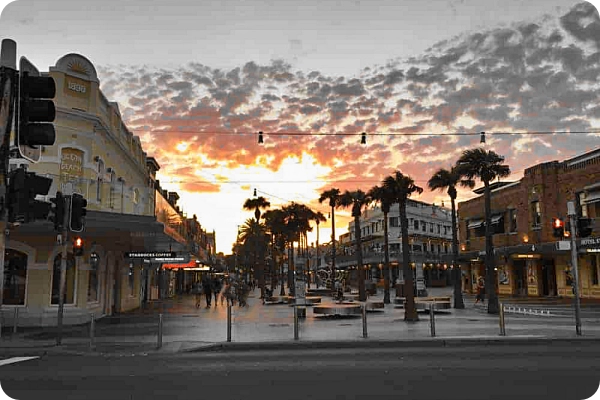
Manly
I have no hesitation recommending Sydney Leak Detection. They quickly identified the source of multiple leaks in our heritage block of flats. They are experienced, professional, and enthusiastic. It’s good to find a company that really wants to help.
D Sider, Strata Committee Manly
Collaroy Beach
We’re very grateful to have had an ethical company such as Sydney Leak Detection recommended to us all those years ago and we expect to keep using their services for the foreseeable future.
D O’Brien, Strata Chairman Collaroy
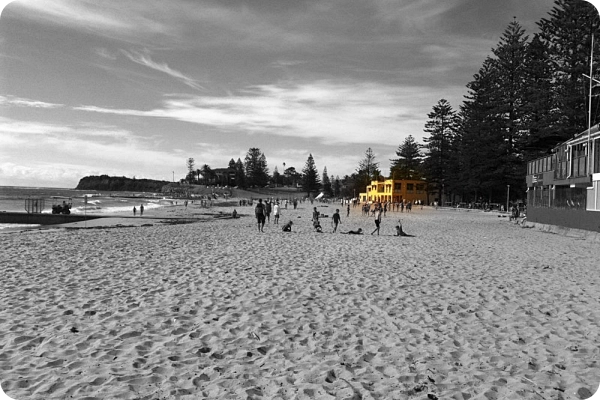

The rainiest suburbs in the Northern Beaches revealed…
Storms cause significant building leaks in Sydney Northern Beaches
Our review of the Bureau of Meteorology rainfall data revealed that the Northern Beaches experiences highly variable rainfall, both seasonally and across suburbs. According to BoM data, Terrey Hills consistently records the highest rainfall, especially during the peak months of March, May, and June. In April 2024, Terrey Hills saw a significant spike in rainfall, highlighting the impact of major weather events on local conditions.
What sets the Northern Beaches apart is the influence of both local topography and proximity to the coast. Suburbs closest to the ocean, such as Manly, Freshwater, Curl Curl, Long Reef, Dee Why, Collaroy, Warriewood, Mona Vale, Newport, Avalon, Whale Beach and Palm Beach, are not only exposed to higher rainfall but also to the effects of ocean swells… Yes, surfers.
Northern Beaches: rain, swells, leaks and damage
This combination of increased and intense rainfall and coastal swells creates a unique set of challenges for property owners in the Northern Beaches. Here are the most common impacts these weather patterns may affect your property:
1 Rain infiltration
Older and poorly maintained properties, particularly those near the beach, are more susceptible to leaks during peak rainfall and swell events. Lack of detailed maintenance exacerbates this risk, allowing water to penetrate vulnerable areas.
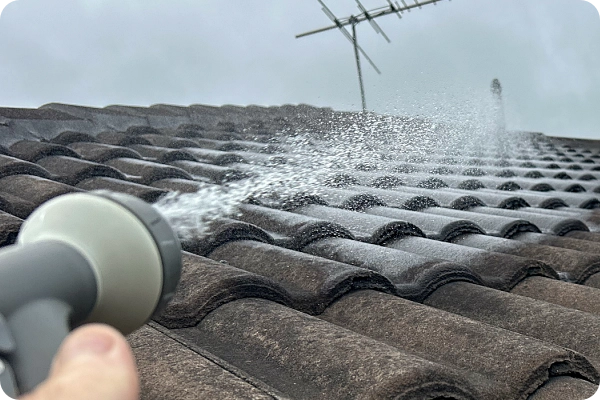
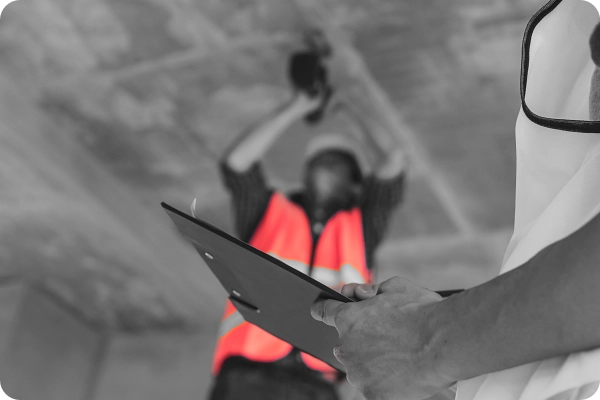
2 Soil saturation and movement
Persistent wet periods can destabilise soil, leading to subtle or larger movement, subsidence, and shifting foundations. The contrasting seasonality of wet and dry weather causes expansion and contraction of the soil, resulting in cracking of walls and concrete slabs. These issues are particularly common in hillside and cliffside homes, as well as apartment blocks.
3 Mould & dampness
In winter, reduced sunshine, increased rain, lack of internal ventilation due to colder temperatures, plus the operation of internal heating leads to higher than normal humidity, fostering indoor mould growth. This not only affects the structural integrity of a property, it also poses a health risk.
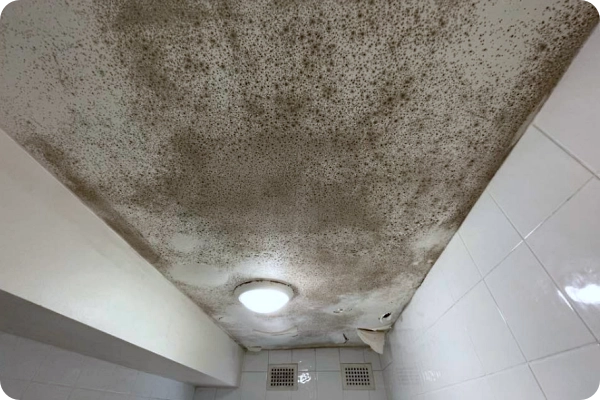
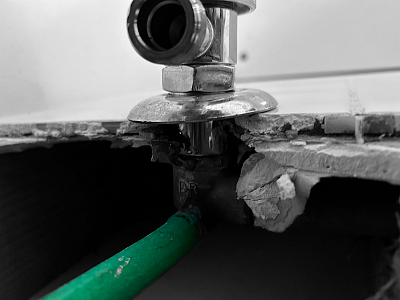
4 Pipe leaks
There is a correlation between the wettest months and an increased risk of pipe leaks. While not definitively documented, anecdotal evidence suggests a rise in pipe leaks reported by licensed plumbers in the Northern Beaches following major storms and during the winter months. The combination of wet weather and temperature swings during the rainiest months (March–June) does increase the risk of pipe failures, especially in older or poorly maintained buildings for these reasons:
1 Thermal expansion and contraction: During periods of heavy rain, temperatures can fluctuate rapidly, leading to thermal expansion and contraction of copper pipes. Repeated cycles can stress joints and fittings, causing them to weaken and eventually leak
2 Saturated grounds: Saturated grounds may lead to minor shifts in the building structure, placing additional stress on plumbing. This is particularly problematic in areas with unstable soil, non-compacted installations, or inadequate drainage.
3 Flash flooding: Increased water pressure during heavy rainfall can sometimes coincide with higher water table levels, increasing pressure on underground pipes and joints. This added stress may exacerbate existing weaknesses and lead to new or greater leaks.
Key Insights from BoM Monthly Rainfall Data: Northern Beaches
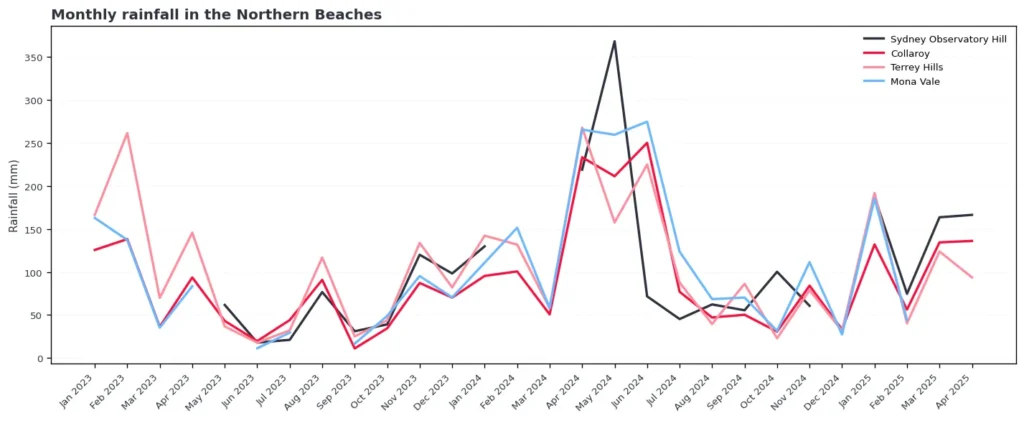
Rainfall varies across the Northern Beaches
While we all experience rain, some parts of the Northern Beaches get significantly more than others. For example, in 2024, Terrey Hills recorded the highest rainfall total, while coastal areas like Collaroy generally receive less. This means that if you live in an elevated or inland area, you might face different challenges than someone closer to the coast.
Wettest months are on us: Be prepared
Our analysis shows that March, May, and June are consistently the wettest months in the Northern Beaches. This is when we see the most significant rainfall events, which can lead to increased risk of water ingress, pipe leaks, and soil movement. It’s a good idea to be extra vigilant during these months and ensure your property is well-maintained.
Watch out for extreme rainfall events
Occasionally, we experience extreme rainfall events that can cause significant damage. The East Coast Lows in 2021 and 2022, as well as the storms in April 2024 recorded an exceptional amount of rain, and wide spread damage across the Northern Beaches. These events can overwhelm drainage systems and lead to flooding, rain infiltration through defective building structures, and a higher risk of leaking pipes, and sink holes, therefore it is important to be prepared.
What this means for your property
Understanding these rainfall patterns is crucial for protecting your property. Whether you live in a coastal home exposed to ocean swells or an inland property facing heavy downpours, knowing the risks can help you take proactive measures.
At Sydney Leak Detection, we regularly review the BoM rainfall data. Our expertise, combined with local knowledge, allows us to identify and address potential issues before they become major problems. If you’re concerned about the impact of rainfall on your property, don’t hesitate to contact us. We’re here to help you protect your property and peace of mind by ensuring your home remains safe and dry, no matter what the weather brings.

How to engage the right leak detection company?
In a digital age every business looks amazing with little differentiation between contractors. Everyone claims to be a leak detection expert, a leak detection specialist, or the best water leak detector in Sydney. Review our guide to choosing a reliable water leak detection specialist in the Northern Beaches.
Get in touch for a free over the phone consultation
In addition to homeowners and Strata Managers, the team at Sydney Leak Detection collaborate with a large network of plumbers, building consultants, engineers and insurance loss adjusters to provide a wide range of water leak specialist services from plumbing issues to storms, rain and building leaks.
